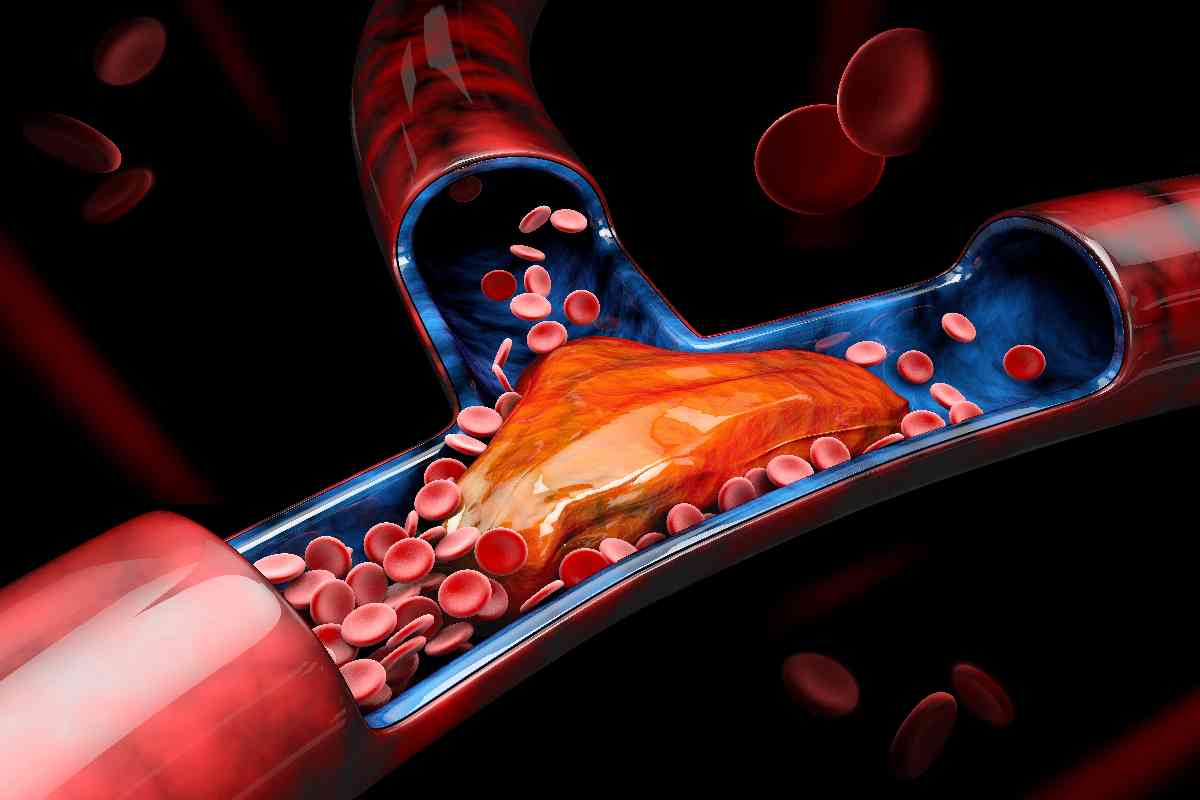Even though thrombosis is very dangerous, learning to recognize these 4 symptoms can help you or your loved one run for cover.
©Tussik13/123rf
The presence of blood clots can cause thrombosis, the third most common heart disease and death. There are 4 symptoms you can recognize and use to prevent you or your loved one from underestimating the danger.
What are blood clots?
I clots (or thrombus) in the blood are blood cells (therefore blood) that can obstruct normal blood flow in the veins or arteries. Veins are used by the body to bring blood back to the body while arteries are used to distribute oxygen throughout the body. After a clot has formed, not only can it clog blood, but it can be transported and lodged in a vital organ. In this case we have one thrombosis. The body part most affected are the legs, but it can also develop in:
- Arms
- Heart
- Lungs
- Brain
- Belly
- Kidneys
Arterial thrombosis is the most dangerous because it blocks the exchange of oxygen, potentially leading to cell death in some of them. Thrombosis can cause, among other things:
- Myocardial infarction
- Stroke
- Peripheral ischemia
Venous thrombosis, on the other hand, by blocking the return of blood to the heart, releases its liquid part into the rest of the body, creating a edema, which is a bulge. The most dangerous complication of a deep vein thrombosis is the pulmonary thrombosis.
Who is most at risk for thrombosis?
Our blood naturally thickens when it needs to heal a wound. Nonetheless, there are many cases in which the presence of clots in the blood is due to other factors such as:
- age
- smoke
- alcohol consumption
- obesity
- sedentary lifestyle
- use of hormonal drugs such as the contraceptive pill
- chronic diseases (heart disease, lung disease, cancer, Crohn’s disease)
- pregnancy (up to six weeks after delivery)
Since i risk factors for the development of blood clots in the veins, it is important to recognize some symptoms that occur very often. Sometimes, in fact, the obstruction of a vein or an artery could be completely asymptomatic.
In general, however, there are 4 symptoms that you can recognize and use as an indication that something is wrong.
What are the symptoms of a blood clot?
Among the most common symptoms of a thrombus are:
- Respiratory difficulties
- Change of color in the skin
- Ache
- Swelling
Respiratory difficulties
As blood flow to the lungs is dramatically decreased, serious breathing difficulties occur which can be followed by:
- coughing up blood
- chest pain
- daze
Change of color in the skin
The area affected by the thrombus may be paler or take on a red, purple or blue color. In this case, it is more likely that it is a venous thrombosis.
Ache
A thrombus can cause a throbbing sensation of pain or a so-called cramping pain, which is very similar to a cramp. The pain is often accompanied by a feeling of closure, a stretched muscle or aching.
The affected area is also warm to the touch.
Swelling
As the thrombus slows down or stops the flow of blood in one area of the body, it tends to accumulate in that area, leading to swelling and a feeling of pain.
If the leg swells unnecessarily, then it is most likely due to a thrombosis. But remember that they can also form in the stomach or arms.
How is thrombosis prevented?
The Veronesi foundation recommends paying close attention to your lifestyle: as mentioned above, there are various risk factors such as smoking, alcohol, a sedentary lifestyle or obesity that can be faced day after day.
In general, having an active and healthy lifestyle helps with many diseases, so if you need a good motivation think that with a little more healthy discipline you can take care of yourself much easier, and reduce the risk of thrombosis but also of Alzheimer’s.
Your new life starts today!
Read also:
